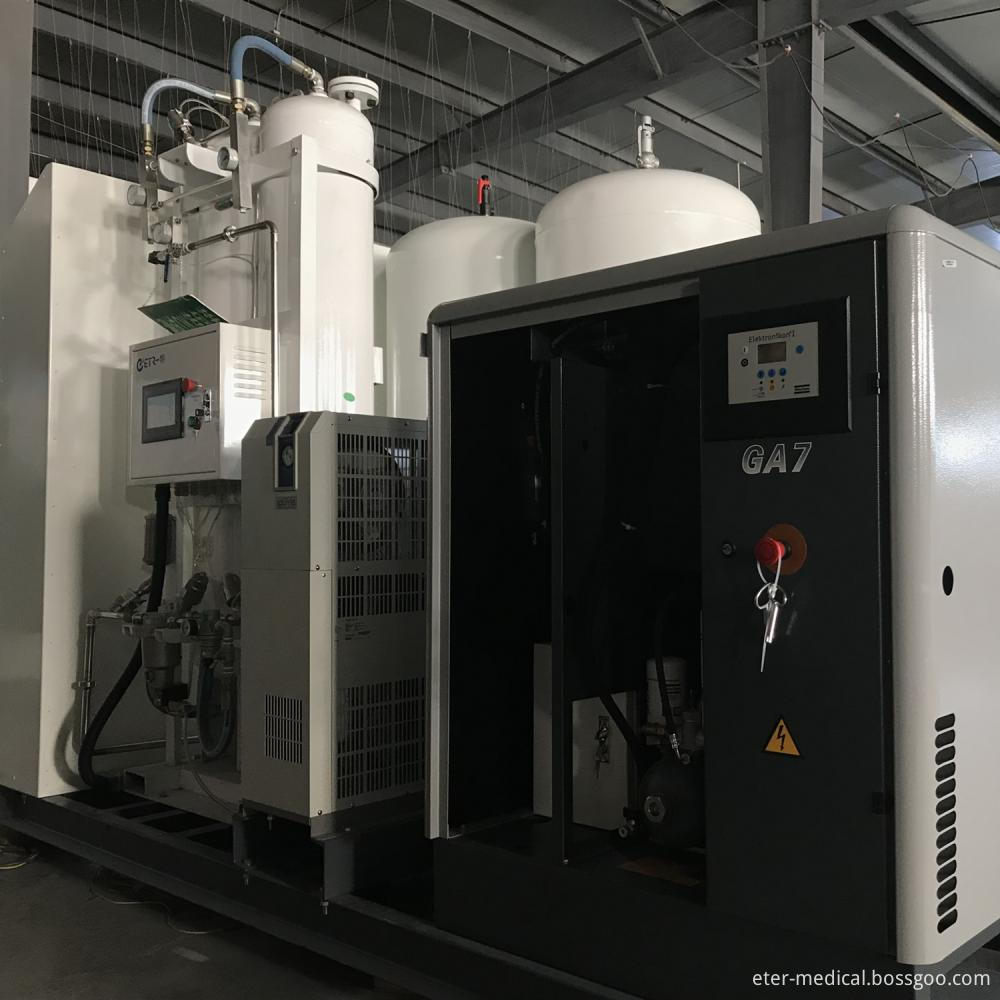According to a recent study by Heike Bücking, a professor of biology and microbiology at South Dakota State University, there is an ancient and mutually beneficial relationship between plants and fungi that helps crops reduce the need for fertilizers and promote sustainable agriculture. development of.
Bücking explained that for more than 500 million years, most terrestrial plants share carbohydrates through the root system and arbuscular mycorrhizal fungi. In exchange, these fungi provide plants with nutrients such as nitrogen and phosphorus to increase the host's resistance.
These fungi, considered to be fossils, use hyphae to search for nutrients in the soil and provide these nutrients to the host. In return, the host will deliver 4% to 20% of the photosynthesis fixed carbon to these mycorrhizal symbiosis.
“We believe that these fungi can increase the biomass of energy crops and the production of food crops in a more sustainable and environmentally friendly way.†Bücking said she has included wheat, corn, soybeans, alfalfa, clover and perennial grasses (eg The interaction between fungi and crops was studied in food crops and energy crops, including grassland.
The study was conducted with the support of the National Science Foundation, the South Dakota Wheat Commission, the Soybean Research and Promotion Council, and the United States Department of Energy Joint Genome Research Institute.
According to Bücking's research, the relationship between supply and demand determines the amount of nutrient exchange between plants and fungi in this reciprocal relationship. To explain these complex interactions, she conducted research with researchers from the Free University of Amsterdam, the University of British Columbia, and the Agricultural Experiment Station in South Dakota.
"Although there are many fungal species that are parasitic on the host plant, the host plant clearly knows the exact source of its nutrients. The host plant is able to distinguish the behavior of different fungi and make a rational distribution of carbohydrates accordingly," Bücking noted.
These fungi also form a common network of mycorrhiza, allowing them to access multiple hosts simultaneously. Studies have shown that when host plants are masked to reduce the distribution of carbohydrates, fungi also reduce the sharing of nutrients.
Bücking and his collaborators also found some fungi that are more beneficial than others. For example, they isolated 10 arbuscular mycorrhizal fungi into 31 high, medium, and low performance strains and assessed the relationship between these strains and host mites. The researchers found that high-performance strains increased the biomass yield and nutrient uptake of alfalfa by more than 170%, while low-performance strains contributed little to the above growth.
“However, fungi that are good for one crop may not be able to provide the same nutrients for another crop,†Bücking warned. Different isolates of the same fungus can produce different behaviors. Therefore, it is necessary to identify the optimal adaptation environment of the fungus, so that the host plant can obtain the highest planting benefit.
In addition to providing nutrients, these fungi protect energy crops and food crops from external environmental stresses and diseases such as drought, salinity or heavy metals. “The external pressures that all these crops may be exposed to can usually be improved by interaction with mycorrhiza,†says Bücking.
Increasing the tolerance of crops through conventional breeding generally only works on a certain aspect of stress factors, but crops are often subject to multiple external pressures. Bücking believes that if the fungus can be used effectively, its impact on the stress resistance of the crop will be unexpected.
However, she added that in order to better understand this ancient symbiotic relationship between crops and fungi and to realize their full potential, more in-depth research is needed. (Bian Hui compiled)
《Journal of the Chinese Academy of Sciences》 (2016-04-13 6th edition of scientific research)
This article URL: Effective use of fungi can reduce crop fertilizer demand
Compacted Oxygen Cylinder Filling System
Compacted Oxygen Cylinder Filling System
ETR oxygen cylinder filling system is consisted of the air compressor, air-water separation device, refrigerated air dryer, air dew point monitoring device, multi-stage filter, air buffer tank, air moisture monitoring device, Oxygen Generator, oxygen buffer tank, flow meter, online oxygen monitoring device, oxygen booster and cylinder filling station, smart electric control cabinet, computer monitoring system, remote network monitoring system..
For the compacted oxygen cylinder filling system, all the parts can be compacted together and skid mounted. So it is easy for the installation and operation and maintenance.

Compacted Oxygen Cylinder Filling System,Oxygen Filling Plant,Oxygen Filling Station ,Oxygen Filling Machine
Hunan Eter Medical Co., Ltd. , https://www.eter-tech.com